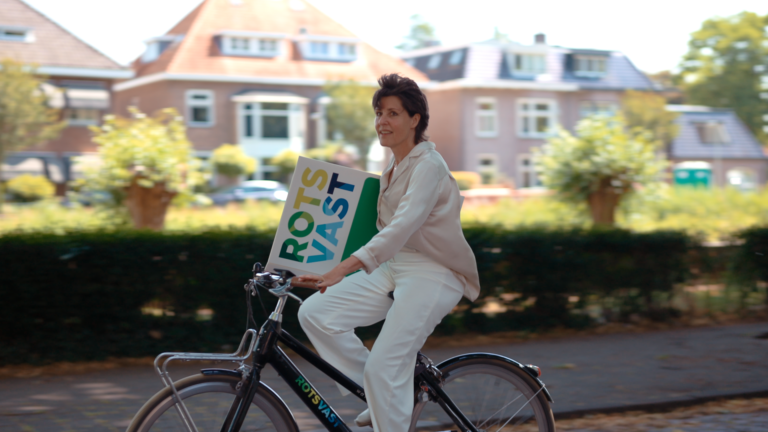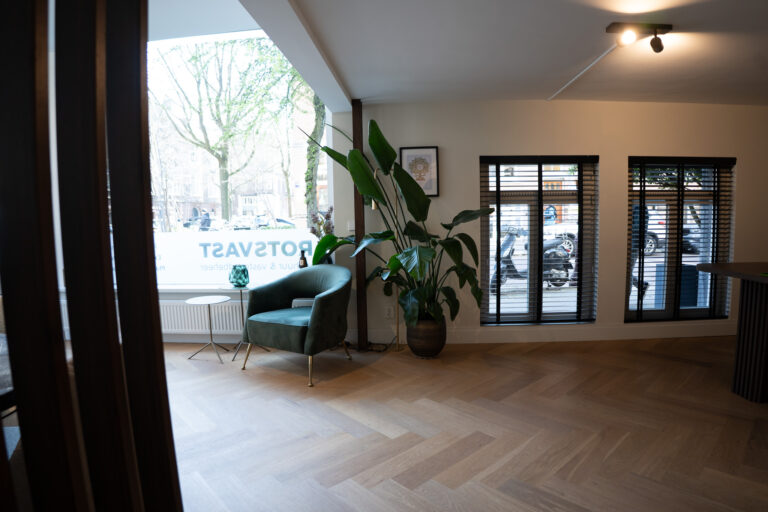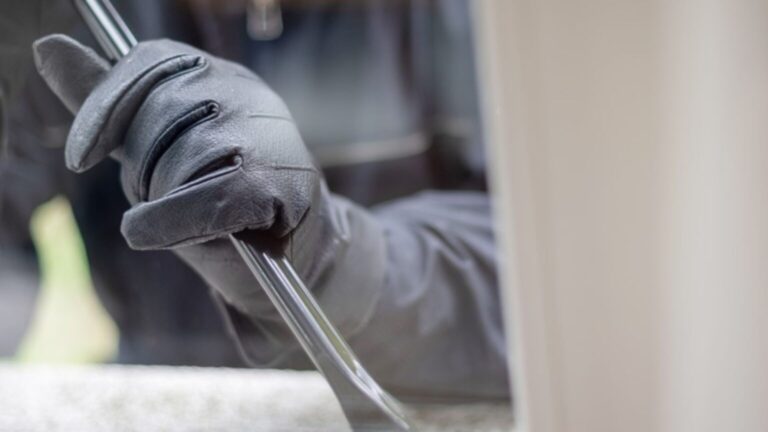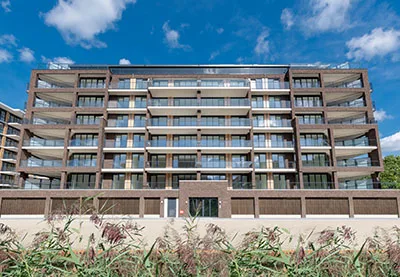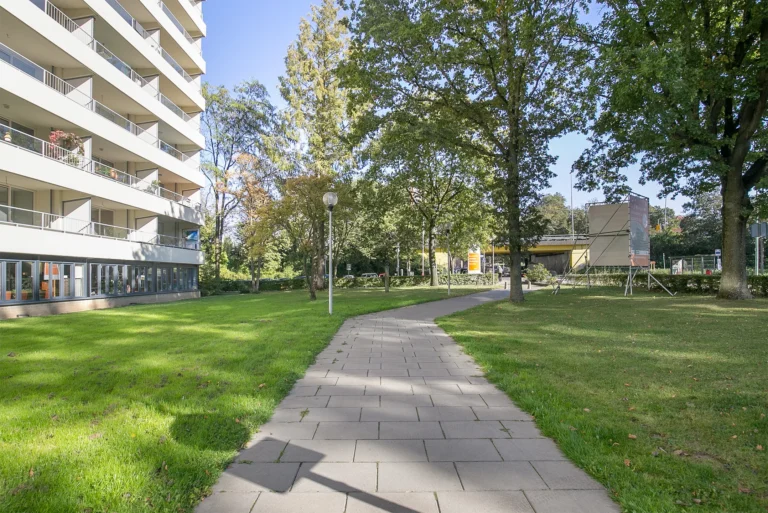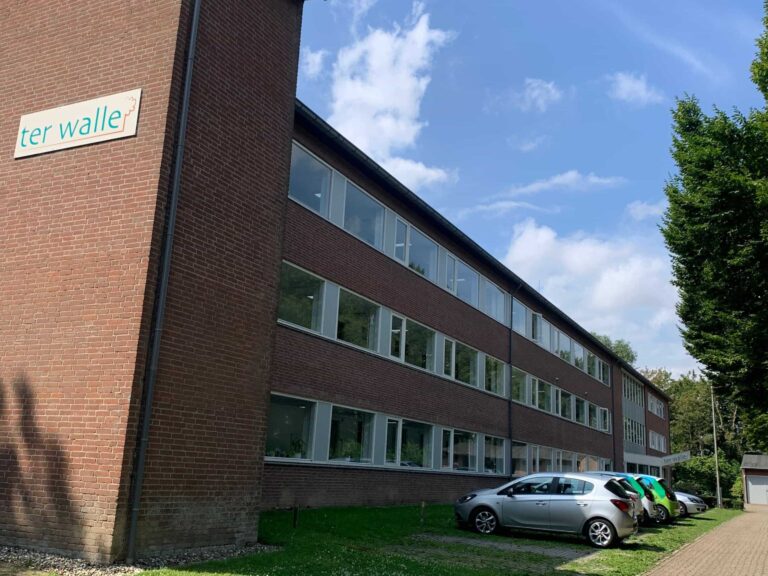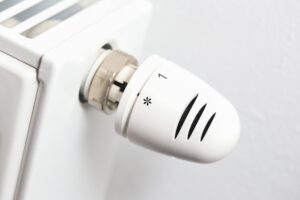Central heating
- 20 June, 2025
- Leestijd: 2 min.
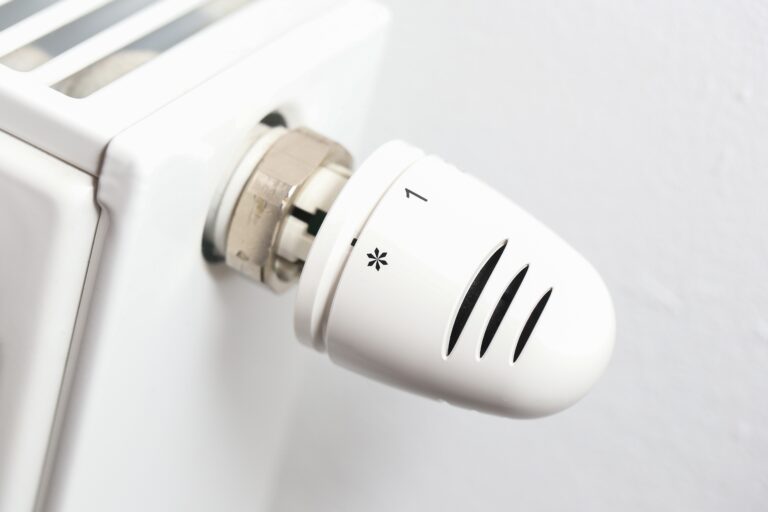
In central heating, heat is generated in the central heating boiler. This heat is then distributed from the heat source via hoses or heating pipes to heat the various rooms.
CV system with water
In the Netherlands, water is the most commonly used medium to transport heat. The purpose of the central heating boiler is to heat the water that runs through the pipes to the radiators. The water that has cooled down eventually returns to the central heating boiler, so that it can be reheated. Most radiators can be controlled separately by a radiator valve, because they have their own outward and return pipes.
The water-filled central heating system contains an expansion vessel that ensures that no major pressure differences arise. If this vessel is not present, the pressure in the system could increase so much that a pipe or other component bursts. The water pressure should be approximately 1 to 2 bar. In addition, there is a pressure relief valve that ensures that the central heating system can function safely. It ensures that when the pressure exceeds a certain value, the excess pressure can escape.
Temperature control
Usually the temperature is controlled by a room thermostat. The radiators in this room are not controlled separately, but are always on. Thermostatic valves can be placed in other rooms, which regulate the flow of the radiators.
